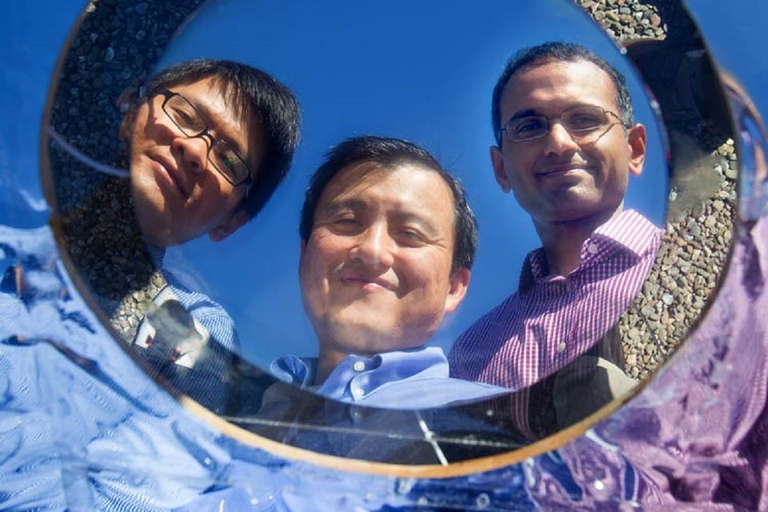
Niseko, Toya-Usu and Shiraoi are three Hokkaido destinations for travellers who want to feel close to the communities they’re visiting.
A team of engineers at Stanford University has designed hi-tech mirrors that cool buildings by beaming heat away from them and into space.
A team of experts at Stanford University led by electrical engineering Professor Shanhui Fan invented a new energy-saving way of cooling buildings. The system uses particular mirrors covered with an ultrathin, multilayered material that reflects the incoming sunlight and beams it into space, keeping buildings cool during the day and night.
Thanks to the material they’re coated with, the mirrors capture the heat and send it into space in the form of infrared light, at a frequency that allows it to pass through the atmosphere without warming the air. So, these mirrors insulate buildings from heat without having an impact on the environment.
The result obtained with these mirrors is what the Stanford team calls “photonic radiative cooling”, an effective method that offloads heat from buildings, reducing the demand for air conditioning.
The mirrors work for the particular material they’re coated with. The material, according to researchers, won’t have a prohibitive cost, so, it will be available on large scale. The researchers believe that the coating might be sprayed on common mirrors, which would drastically reduce production costs.
The coating material is 1.8 microns thick (thinner than an aluminium foil) and is formed by 7 layers of silicon dioxide and hafnium oxide, on top of a thin layer of silver.
Hi-tech mirrors can catch about 97% of the sunlight that strikes a building, cooling it by about 9 ° F (-12 ° C) compared to the external temperature. In the United States this technology would reduce the electricity demand by 15%, because this is the percentage of energy used to power air conditioning systems.
“I am personally very excited about their results,” said Marin Soljacic, a physics professor at the Massachusetts Institute of Technology. “This is a great example of the power of nanophotonics.”
Siamo anche su WhatsApp. Segui il canale ufficiale LifeGate per restare aggiornata, aggiornato sulle ultime notizie e sulle nostre attività.
![]()
Quest'opera è distribuita con Licenza Creative Commons Attribuzione - Non commerciale - Non opere derivate 4.0 Internazionale.
Niseko, Toya-Usu and Shiraoi are three Hokkaido destinations for travellers who want to feel close to the communities they’re visiting.
We talked to World Happiness Summit organiser Karen Guggenheim about the connection between the planet’s health and our happiness.
The new generation of high-performance wood materials offers unexpected hi-tech possibilities to the worlds of design and architecture.
A group of experts in Tokyo suggested pouring radioactive water from Fukushima into the open sea. A marine biochemist explains the consequences of this absurd decision.
By recovering clothes discarded in the West, Togolese designer Amah Ayiv gives them new life through his high fashion creations.
All catwalks in July will be broadcast online: after Paris, it’s Milan Digital Fashion Week’s turn. And the biggest beneficiary is the environment.
Disabled travellers need not fear Japan. Accessible Japan founder Josh Grisdale tells us about his commitment to opening the country’s doors to everyone.
Kalongo Hospital in Uganda is on high alert. Medics are facing the pandemic amid an already precarious healthcare situation, in a country with only 55 intensive care beds.
Indigenous peoples in the isolated region are suffering from poor access to health, with several cities becoming hotspots of coronavirus in the Amazon. Indigenous leaders, health experts and NGOs are calling for international help.









